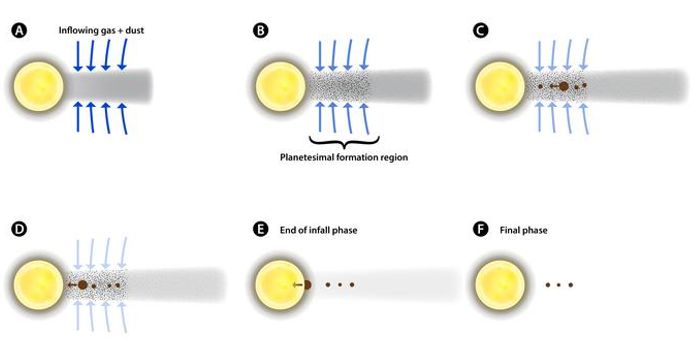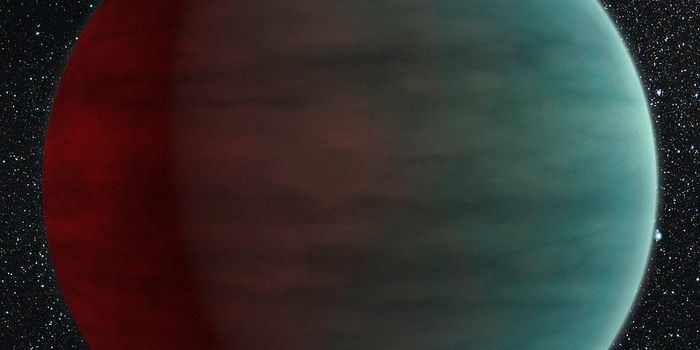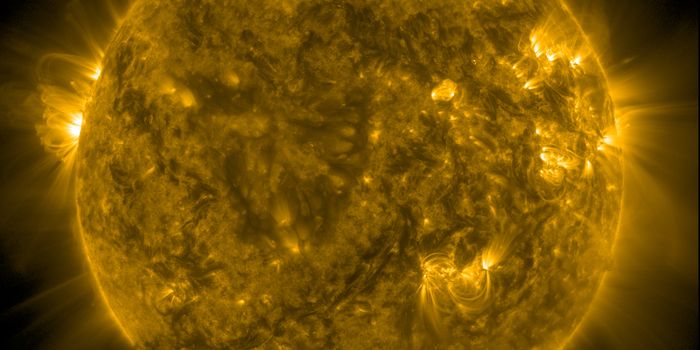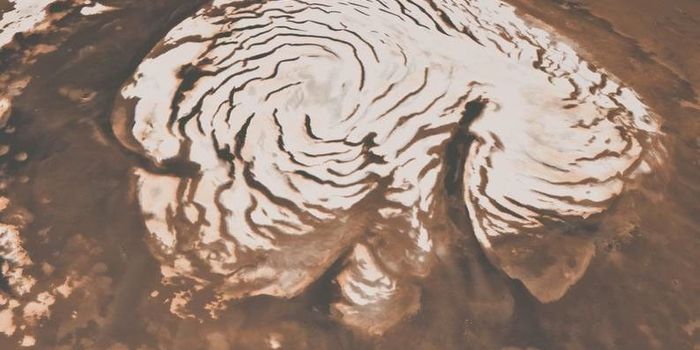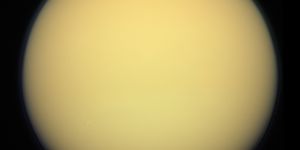Water Lingered Underground on Mars
How long did Mars have habitable conditions for life? This is what a recent study published in the Journal of Geophysical Research – Planets hopes to address as a team of scientists from New York University Abu Dhabi investigated how surface and subsurface environments could have provided conditions suitable for life for greater periods than previously thought. This study has the potential to help scientists better understand past environments on Mars and what this could mean for finding life beyond Earth.
For the study, the researchers analyzed data from NASA’s Curiosity rover, which is currently exploring Gale Crater, a location of ancient water on Mars. The researchers compared data from wind-formed features called dunes, potential ancient groundwater and subsurface water, and analog studies in the United Arab Emirates. Dunes are widespread on Mars and have long helped researchers understand global weather patterns, specifically regarding dust transportation. In the end, the researchers found that dunes interacting with watery environments could be potential locations to search for life on Mars, specifically regarding how they transported water from the surface to the subsurface.
Image of Mars from Curiosity rover. (Credit: NASA/JPL/Caltech)
“Our findings show that Mars didn’t simply go from wet to dry,” said Dr. Dimitra Atri, who is the Group Leader of the Mars Research Group at NYU Abu Dhabi and a co-author on the study. “Even after its lakes and rivers disappeared, small amounts of water continued to move underground, creating protected environments that could have supported microscopic life.”
Billions of years ago, Mars was a much warmer and wetter planet, with cascading rivers and seas of liquid water. While these conditions might have been suitable for life, scientists continue to question the length of time Mars had habitable conditions and whether it was long enough to harbor life.
What new insight into Martian dunes and subsurface water will researchers make in the coming years and decades? Only time will tell, and this is why we science!
As always, keep doing science & keep looking up!
Sources: Journal of Geophysical Research – Planets, EurekAlert!


